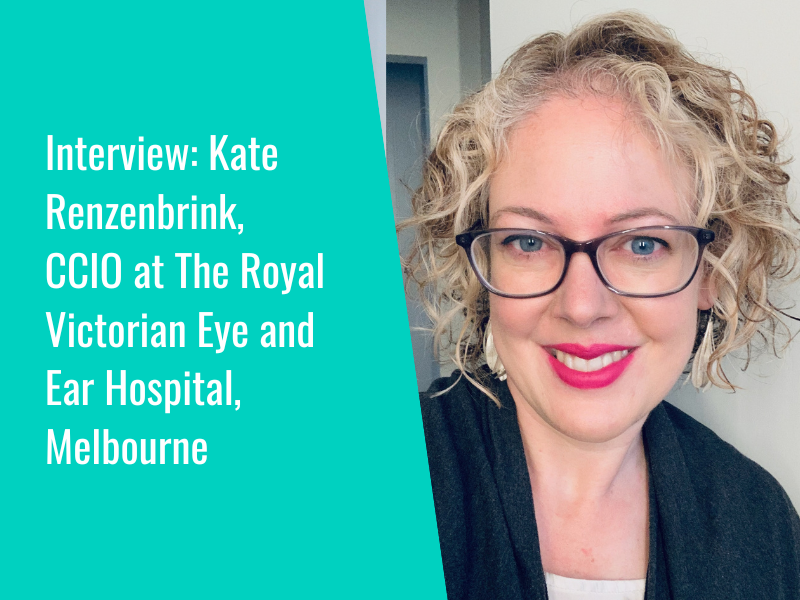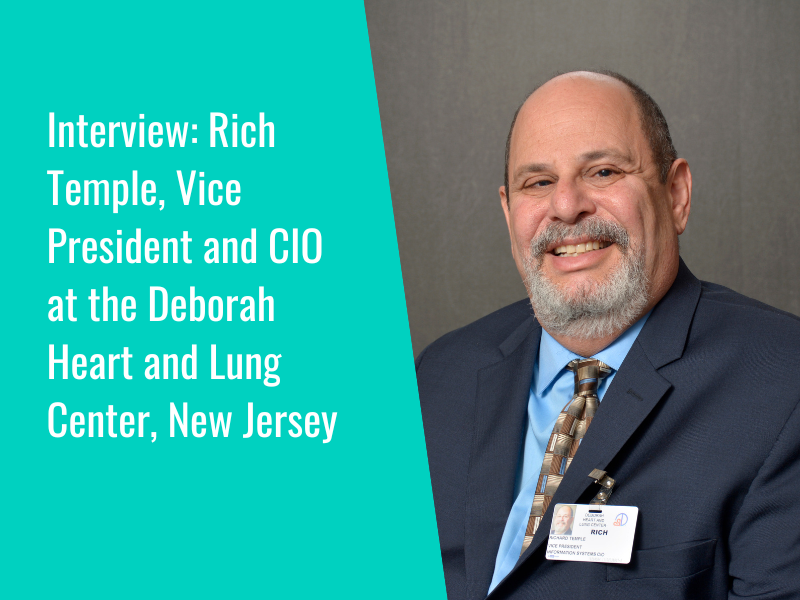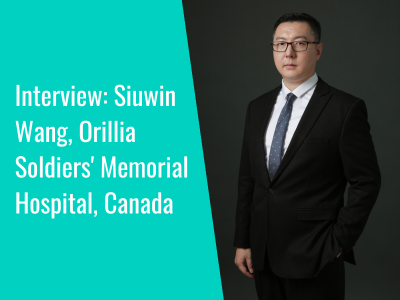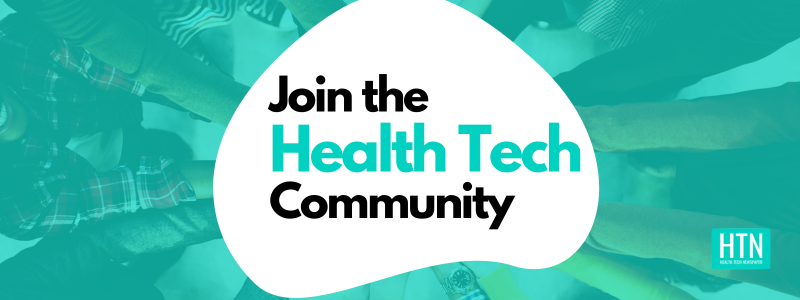We sat down for a chat with Ryl Jensen, CEO of the Digital Health Association (DHA), the peak advocacy body for the digital health sector in New Zealand. Ryl described the DHA as not-for-profit “conduit between government and industry” and explained how her team works closely with government to disseminate information, helping to educate the sector on standards, interoperability, national programmes of work, and more.
Digital Health Association
To provide a flavour of the work the DHA does, Ryl said: “We send out a lot of communications and host workshops and networking events; we have quite a lot of hui with government so that they can impart their information. We also talk to and brief ministers about certain policies and correspond with them.”
As an example, Ryl highlighted that the DHA wrote a “significant submission” last year around the use of software as a medical device and New Zealand’s Therapeutic Products Act. The submission was based on global research and communication with Germany, America, Australia among other places. “It was really pivotal, and it did have an effect on changing the legislation.”
Ryl also shared how New Zealand’s new government has opened up a new position for a minister of mental health to give this area focus, meaning that the DHA has been able to deliver a presentation about a digital mental health and addictions hub, a concept that they have been advocating for, for around three years. “That provided an opportunity for us to take the conversation forward, and we have now been invited by the Minister to host a Digital Mental Health Summit at Parliament in November. I also believe enquiries are being made as a result of that meeting – so fingers crossed for movement in this space.”
Of her own approach, Ryl said: “I’m a real connector. It’s not just about me, it’s about connecting people across the ecosystem so that they can do good together. In my role I get a bird’s eye view of what is happening nationally and in pockets across regions. If I believe that somebody needs to speak to somebody else because it might create movement, or push things in the right direction, then I will connect them to try and make it happen. Those connections are absolutely vital to moving projects forward, both nationally and globally.”
Career reflections
Are there any projects that Ryl is particularly proud of from her career? “I’m proud of what we have been able to achieve as an organisation – we can help to shape what legislation looks like, and legislation is a key lever for so many things. If you get legislation right, then the policies and the regulation and everything else follows. However, you do need funding and political support to back it, and you need the legislation to be properly enacted.”
On a national level, Ryl stated that the government response to COVID was “pretty phenomenal”. Initially, she said, the government did not think that digital would necessarily form such a major part of the pandemic response, placing more focus on logistics and mobilising the workforce. “Then they realised that digital systems were absolutely required in order to keep track and monitor everything, from the virus itself to test recording to location of PPE. As a result, a spotlight was placed upon digital health, and it started to move the conversation forward. As the pandemic unfolded, you could see the benefits of digital rising, and you can’t underestimate the power of that. A lot of progress was made and whilst some of the push has slowed down now, I do think it left behind an understanding that digital is really crucial in order to enable the workforce and in order to enable efficiencies. “
A danger, Ryl added, lies in not getting the policy right – not funding change management properly, for example, or not placing enough emphasis on education of the workforce in digital technologies.
“If we don’t do that, then we could face failure,” she said. “But there are a lot of very clever people working on some really amazing things. And I think there’s a lot of desire to see digital make a palpable difference to health outcomes in New Zealand.”
Another achievement for Ryl has been the completion of her Masters of Health in recent years, which saw her write a thesis on the governance of digital health and developing a proposed framework for New Zealand based on interviews and case studies from Australia and America.
The framework suggests the establishment of a New Zealand Digital Health Agency as a Crown Entity to manage and govern digital healthcare in the country, with Ryl stating that this would “allow for the full democratisation of healthcare enabled by data and digital where consumers can participate in their own health. It would also recognise that data and digital are foundational and essential to the improvement of health outcomes of New Zealanders and acknowledge that digital health is no longer just an enabler but fundamental to operations, how our health system is run, and is an overarching function of all the different agencies governing the new health system.”
Priorities for the future
The DHA aims to continue to grow its ecosystem in terms of membership and reach, with Ryl highlighting that it will be particularly useful to further develop relationships with government, primary care and private care.
“We want to reach other areas, because we’ve all got to work together,” she said. “That will involve conversations about standards uplift, people development, cyber security, cloud, using FHIR, deploying SNOMED – all of those key enablers for interoperability. We’ve got to get the message out that governments need to be thinking about and enabling this.”
Providing context on New Zealand’s health landscape, Ryl explained that a shift has been made from a 20 district health boards to one overarching organisation: Health New Zealand | Te Whatu Ora. “That has proven to be challenging – our vendors used to be able to go out to district health boards and they would be able to purchase their own digital systems. Everyone had little silos and they all funded their own silo. Now we’ve got this one system and there are teething issues with it. It’s hard to get the procurement and purchasing in place, and there’s not a lot of purchasing going on at the moment because we’re in a very tricky economic environment. So, looking to the future, there are definitely priorities around this work.”
The other priority for the DHA, together with Health New Zealand, is to research and build a digital ecosystem map designed to identify “every player in the ecosystem. What have we got, where do they fit, what segment are they in? Those segments could be maternity, screening, patient management systems, for example. We want to categorise and build an electronic map that shows our global capability and also gives us a view of the system itself. This piece of work is under negotiation right now; I really hope we can pull it off because I think it’s an important thing to do, for government to be able to take a quick glance and know what is going on across the digital health ecosystem. It would be useful for vendors too, to be able to showcase all of their products.”
Interoperability and data sharing in New Zealand
“There’s been progress,” said Ryl. “For the past three years, we have had a project called Hira, which is a Māori term and means ‘to have a widespread effect’. Hira started as a national health information platform and has since developed into a programme of work to put in place a virtual electronic health record capable of connecting all of the disparate systems. “It’s quite common across the world that a lot of our care sectors don’t communicate with other care sectors. We have some referral and laboratory systems that will talk to each other, and with primary care we are quite well ahead with patient portals, most people in New Zealand have access to one of those. But there’s no connection between lots of providers and therefore there isn’t a continuity of care.”
At a national level, Hira has been put in place to tackle these challenges. The end of June will mark the end of the first tranche of the project. So far this has included the development and deployment of My Health Record, which allows citizens to view or book vaccinations and to update their contact information, something that used to be a far more complicated and manual process which inevitably led to errors and duplication. It builds upon work completed in New Zealand around 35 years ago – the creation of the National Health Index (NHI) number, a health record number for every single person in the country, applied retrospectively for the population at the time and from birth from that point on.
“It was amazing, and very forward thinking at the time; but we let it go and didn’t really advance from there,” Ryl reflected. “But now the NHI number provides us with a really good base to move from, because we’ve got this identifier for every single person with their health record, and it’s an incredible foundation for Hira.”
Ryl mentioned that that she appreciates the fact that Hira is “not just one big monolithic EHR. Your system might only be servicing a small community, but that community might really appreciate its presence and wouldn’t want to lose it. If the provider is therefore capable of connecting with Hira – if they are using the right standards, their cyber levels are appropriate and they are working in the cloud – then that disparate system can be joined up, but the provider can still work within their own system, they can still innovate and operate.”
Regarding tranche two of Hira, Ryl noted that they need to wait and see whether funding will come through. “I think it is an extremely important project, and the ultimate end state sees health providers anywhere across the country able to log in and view a whole patient health record,” she said. “There are so many benefits – for example, if someone is admitted with an allergy to a certain type of drug but they are unconscious when they arrive. It’s guess work for paramedics without access to that record, so something like this could really be life-saving.”
Another plan in the works is the National Data Platform, a data warehouse that will collect information, anonymise it, and allow it to be used to develop public health policies, answer questions and identify trends. “We’ll be able to look and see where the greatest prevalence of diabetes is, what policies we need, what our risk of heart attack is. All of that population health data is so important.”
The United Nations Digital Health Symposium
Alongside her work with the DHA, Ryl is co-chair of the United Nations Digital Health Symposium which she described as a “hugely important movement”.
Originally launched by Professor Martin Curley in Ireland, the symposium seeks to “champion a new era of digital health through collaboration, cooperation and change”. The group works towards the United Nations’ sustainable goal number three called ‘Stay Left, Shift Left 10X‘, which focuses on keeping people on the ‘left side’ of the care continuum – preventative and proactive care – and as such keeping them out of emergency and elective care. “It’s all about keeping people in their homes for longer, because global research indicates that people recover faster and do better at home than they do in hospital,” explained Ryl. “If they do end up in acute care, it’s about asking how we can get them home quicker.”
This work is underpinned by technology, with the aim to find 10 x technologies that can help keep people either on the left of the care continuum or moving in that direction.
“About 100 global digital healthcare leaders convene around the United Nations General Assembly. We’re in our fourth year now – we bring people from all over the world together to discuss this work, and I think it’s such an important programme to draw attention to, because ultimately we are trying to drive outcomes forward through technology.”
In 2022, the United Nations Digital Health Symposium developed the Manhattan Manifesto: 12 principles recommended by the group as guidance for policy makers, digital healthcare strategists and implementation teams, as well as health care professionals and the people they are caring for. The principles include keeping people at the centre; seeing healthcare as an “essential contributor to economic wellbeing and growth”; recognising healthcare challenges for women and girls in particular; and embracing the Health Data Governance Principles as a step towards global standards. Another two principles are directly attributed to Ryl’s own research: to seek government commitment to allocate at least six percent of public healthcare spending to digital health, and providing leadership through a national digital health body that is outcomes-orientated. The manifesto can be found in full here.
The symposium also provides an opportunity for discussion around topics such as regulation of software. “We can get together and really work out things like unintended consequences of policies or legislation. We need to challenge governments to think differently about all of these sorts of things, and it comes back to my earlier point around connectedness – it’s all about working together.”
Many thanks to Ryl for taking the time to share her insights.
- 1
- 2
















